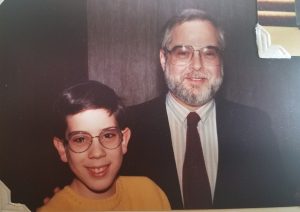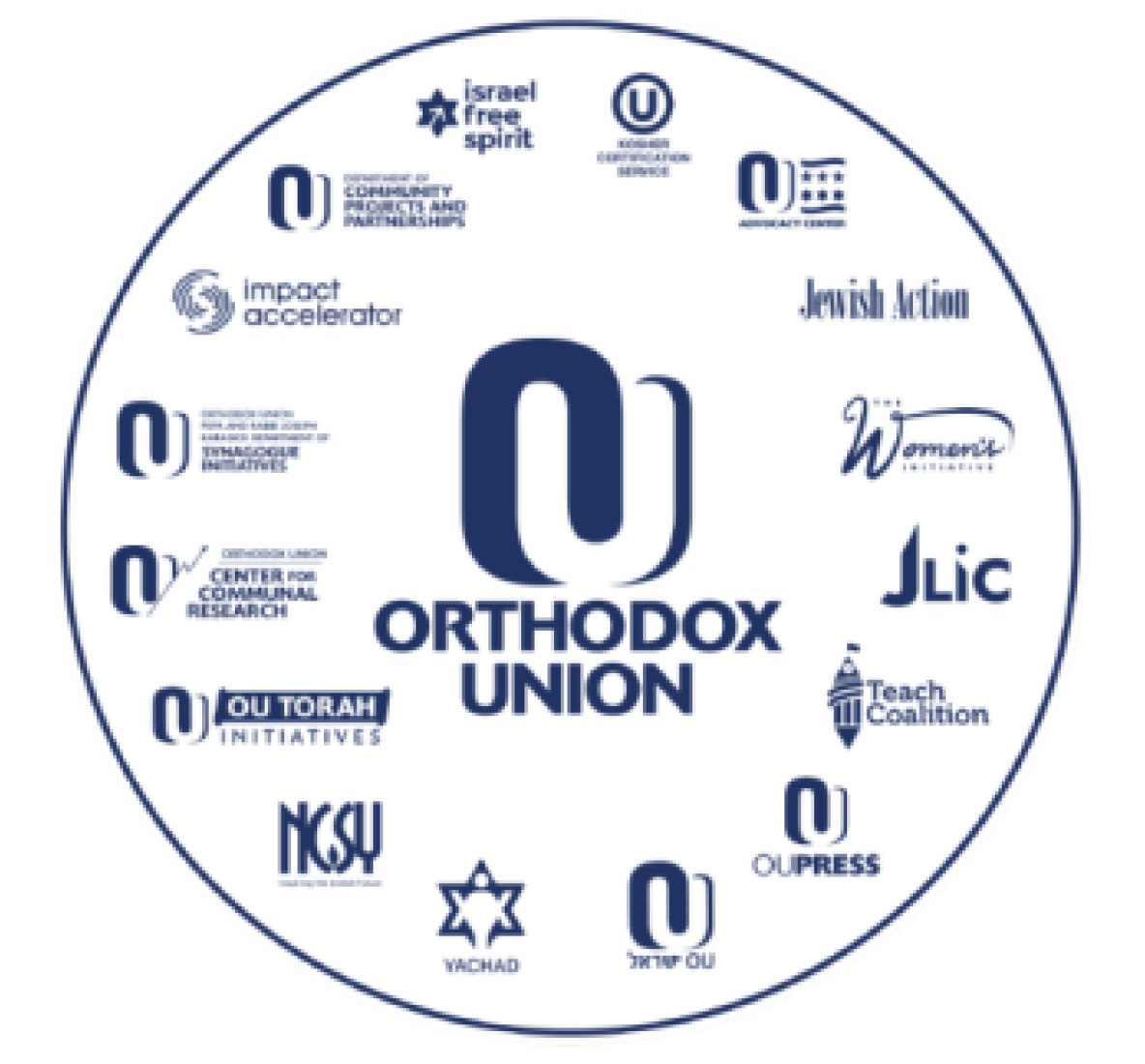
I met Rabbi Kilimnick in 1980, when I was just 4 years old. Our family had recently moved to Rochester, New York and was paying an inaugural Shabbat visit to Congregation Beth Sholom. My parents had appreciated their Conservative synagogue in Minneapolis and, as a Shomer Shabbat family with two young children (my sister Shira was 2 at the time), they were looking to build on that experience by finding a shul that would be both family friendly and a serious place to daven and learn, that could become a community to all of us and that would inspire their kids to connect to their Judaism. A tall order.
Looking back, it is safe to say that our experience at Beth Sholom far surpassed even the loftiest of my parents’ expectations. And that is almost entirely due to the leadership, warmth, and vision of Rabbi Kilimnick, z”l, and of his Rebbetzin, Nechie, tbl”ch. Rabbi Kilimnick (who I and almost everyone else simply called “Rabbi”) led Beth Sholom from 1977 until 2017, at which time he assumed the title of Rabbi Emeritus. Rabbi Avi Kilimnick, the youngest Kilimnick child and, at the time, Beth Sholom’s Assistant Rabbi, succeeded his father. Rabbi and Nechie had come to Rochester from Little Rock, Arkansas, after having served as rabbi of Congregation Agudath Achim for seven years.
Rabbi was simply magnetic. There was a perpetual twinkle in his eye that reflected an inner youthfulness, or mischievousness even. He was quick to crack a joke and had a great sense of humor, such that he was able to make me and others laugh simply with a change to his facial expression or through amusing us with noises he made prior to cutting the challah at the Shabbos table. He paired that wit with an incredible warmth.
He simply loved people, and he made them feel valued and appreciated. That winning combination is what led many families like my own, who previously affiliated with Conservative shuls, to feel at home at and join the Orthodox community through Beth Sholom.
Rabbi recognized that the youth are the most important part of a shul’s community, and as such, he was a lifelong champion of NCSY. There were Monday night Jr. NCSY “meetings” (mostly Nerf football, arcade games, and snacks) in the basement of the shul for kids as young as 8, inspiring Shabbatons in the shul that brought teens and pre-teens (forging new friendships) from all over Upstate New York, and annual Shavuot night learning in the shul that always focused on the teens – amongst many other programs.
In addition, Rabbi Kilimnick spent several weeks each summer serving as the Orthodox rabbi at BBYO Camp, something that I never saw as particularly unusual or extraordinary as I was growing up, but that now I recognize as an amazing demonstration of how the education and inspiration of Jewish teens was central to Rabbi and Nechie’s worldview and philosophy.
At the same time, Rabbi was also a builder of bridges between the generations. At Beth Sholom, the congregants spanned (and still do) the gamut of ages, and Rabbi Kilimnick facilitated relationships between the kids and the older generation, many of whom were Holocaust survivors. I grew up getting baseball cards at shaleshudis from Mr. Potter a”h and eating breakfast after morning minyan with Mr. Friedman a”h and many others. There were never separate youth minyanim at Beth Sholom (as beneficial as those can be in many ways), because that would have meant losing the opportunities for meaningful interaction and mutual growth.
More than anything, Rabbi Kilimnick was someone we enjoyed being around. I treasured eating at the Kilimnicks’ house, which was as much about the warm and inviting atmosphere they created at the Shabbos table (Rabbi Kilimnick’s smoking jacket that he wore as a tish bekishe, Nechie’s sumptuous food, beautiful singing, and the overall balance of laughter and seriousness), as it was hanging out with their son Dovid, my closest friend amongst the Kilimnick children. My sister Shira wrote the following: “We used to walk to shul each week with Rabbi Kilimnick. We actually altered our route to shul just to pass his house so that we could pick him up and walk together. I cherished those walks. Rabbi’s humor, his stories, and insights were so precious to me, but of greatest significance was that he conveyed an interest and liking for me. I was only around 10 years old, but to Rabbi Kilimnick I was a real person. That is how it was with everyone. His heart overflowed with love for his fellow Jew, from the youngest child to the oldest adult, the least affiliated to the greatest rabbi. That interest and care for others drew people close to Rabbi and, by extension, close to Torah.”
This is Rabbi Kilimnick’s legacy. He was a talented speaker, gifted singer and baal tefilah, and passionate community advocate. But what really propelled so many of us forward on our Jewish journeys was the love we developed for Judaism, chiefly because we all felt that “if this – the way I feel when I am around this man – is Judaism, then I want more of it.” I knew that anything I achieved gave him nachas, and that in turn made me feel great about myself and want to accomplish more. As has been noted by many others, the disproportionate number of Beth Sholom alumni who became rabbis, educators, and community leaders are a reflection of how wonderfully Rabbi Shaya Kilimnick led by example and inspired us to do the same.
I close by wishing his family all a nechama, including his incredible Rebbetzin Nechie – who should have a refuah shleimah – and Yosef, Shiffy, Tzippy, Dovid, and R’ Avi, along with their own families. We join them in mourning together with his worldwide community of students and congregants.
The words of this author reflect his/her own opinions and do not necessarily represent the official position of the Orthodox Union.


